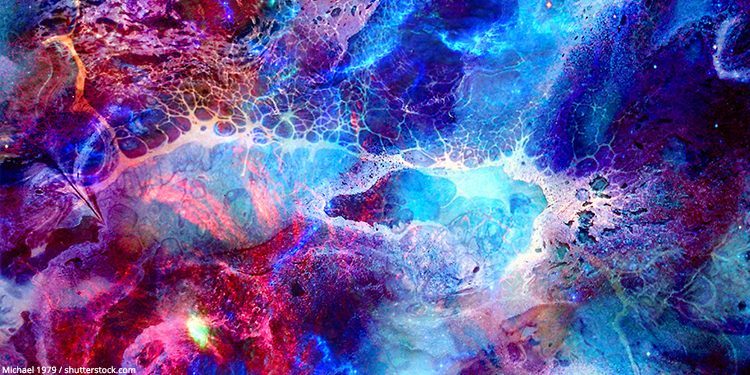I’d like to introduce you to a tutorial for resin paintings. Before you begin, you must first understand what resin is and what to look for when working with epoxy resin. I’ll show you where to get the supplies you’ll need and walk you through the process of making your first resin piece. The following article covers all of the essentials for a good start in the casting resin technique.
In terms of sculpture, resin refers to epoxy resin in particular. This is a two-component device made up of resin and hardener that is used to make art objects. The materials are mixed together, which causes a chemical reaction to occur for a short period of time, resulting in the mixture hardening.
Resin art can be processed in a variety of ways after hardening. It can be sanded, polished, and even decorated, for example. It is also food safe, despite the fact that many manufacturers refuse to certify it – mostly due to the high cost of certification.
Understanding the concept of resin art
Resin Art is a term used to describe the process of making art objects out of epoxy resin. The definition encompasses all aspects of this art form. Resin may be used to create paintings, varnishes, resin jewelry, petri dishes, and a variety of other types of castings.
Resin Casting is another name for the latter. Aside from traditional transparent castings, you can include a variety of items in your cast, such as natural materials, stones, glitter, and a variety of other things. The artist is free to use his imagination as much as he wants. The end result is a beautiful art that is as one-of-a-kind and individual as the artist himself with help of this tutorial for resin paintings.
Tips to make beautiful resin arts
It’s important to keep the space well ventilated. Since liquid epoxy resin is a toxic substance, you should protect your skin and eyes from contact with it. (However, once hardened and healed, it is absolutely harmless.)
Wear disposable nitrile gloves (NOT latex gloves!) and long-sleeved pants to protect yourself. If resin gets on your skin, clean it with vinegar right away, then with soap and water again. It is best to avoid smoking, eating, and drinking in the vicinity of resin paint and resin. When dealing with resin according to the tutorial for resin paintings, always wear respiratory protection and protective goggles.
Preparation of the workplace and the preparations required
- Before you begin, make sure your workstation is all set up. As a result, it’s critical to have all of the requisite materials and equipment on hand before you begin so that you can focus entirely on creating your work.
- Preparing the painting base is an essential part of the resin sculpture. Cover it with masking tape to make it easier to extract it from the underside of the finished painting. This, as well as the hardened resin that has washed over it, can be quickly extracted after drying. It’s entirely up to you whether or not you want to cover the sides as well.
- Place the painting base on a raised surface now so the resin can harden properly and the painting base does not stick to the foil or newspaper later. Use four upside-down cups or glasses, for example. Use a spirit level to ensure that the painting base is totally level and has no tilt; otherwise, the still slightly liquid mass will run during drying, leaving your painting unrecognizable after hardening or failing completely.
- For mixing, use simple plastic vessels with a measuring scale. You can quickly weigh resin and hardener with this. They are, of course, more expensive than regular plastic cups, but they are well worth the investment. However, if you want to reuse the containers, make sure to clean them right away after each use.
- Place the utensils not only in your work area but also in the order in which you will use them. After mixing the casting resin, make sure that all of the tools are in place, particularly if this is your first time painting with it. Keep in mind that the resin’s pot life, or the amount of time it can be processed, is finite.
Conclusion
When dealing with resin, it’s important to ensure that your surroundings are adequately protected. Unless you work in your own studio and don’t care how it looks afterward, this means laying out huge areas of protective foil to cover the surface. It’s very likely that anything would spill while working with epoxy resin art. It is very difficult to extract the substance from floors and furniture because it solidifies easily and becomes extremely strong. So, use a protective foil or multiple layers of newspaper to cover the areas that will not be coated with resin.





